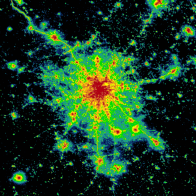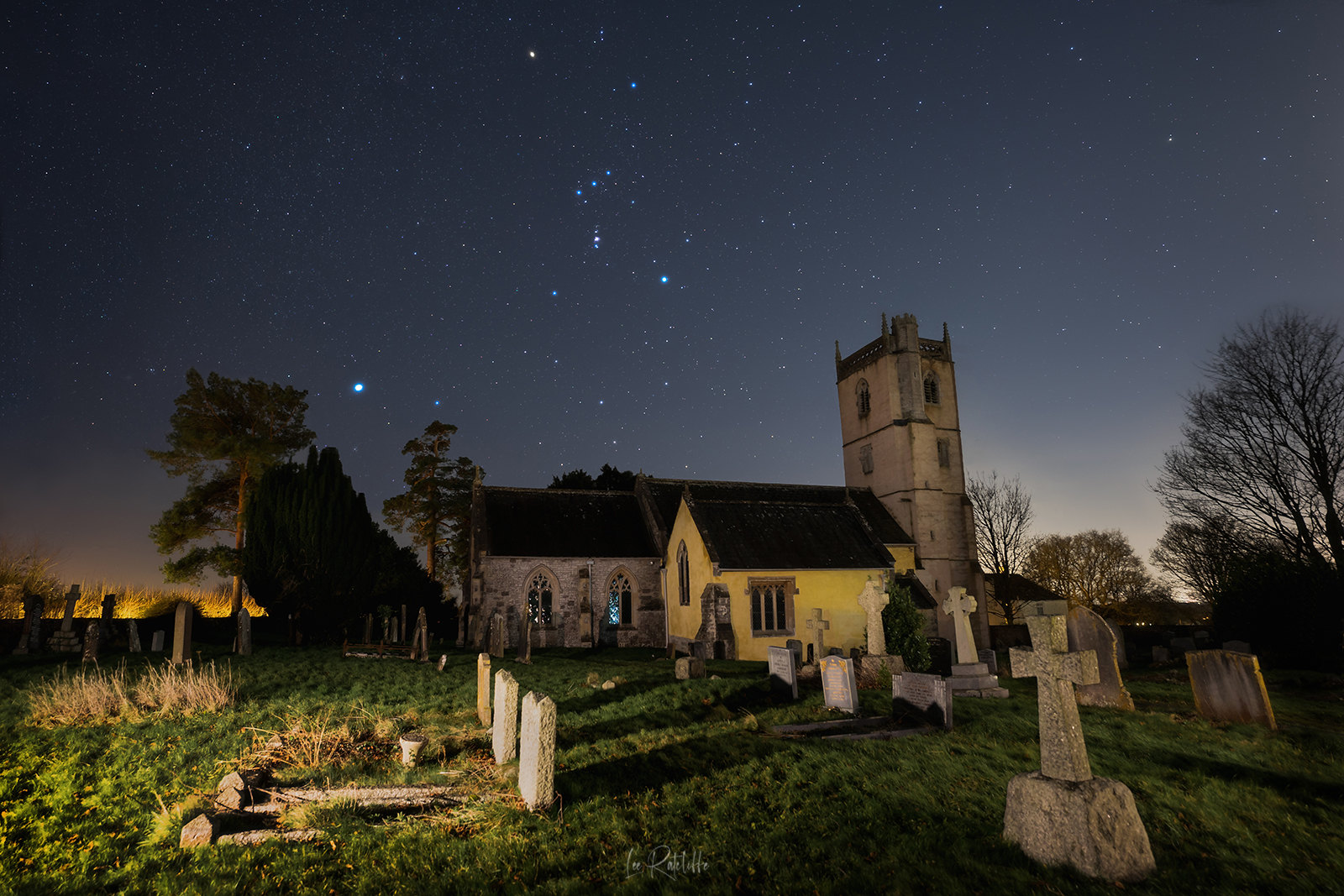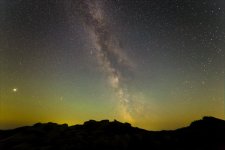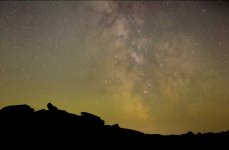Interactive world light pollution map. The map uses NASA VIIRS, World Atlas 2015, Aurora prediction, observatories, clouds and SQM/SQC overlay contributed by users.

www.lightpollutionmap.info
^^^^ You want to be shooting in (or towards) dark areas really but I have shot in green before - Anything Bortle 1-4 should be okay really.
Clear night ideally! Or at least in the direction you are shooting.
Stellarium is pretty good for telling you where everything is - App purchase or online or desktop download. Springtime before sunrise in the south east for MW core & swings towards the south west after sunset for September. But obviously there's more than just the Milky Way. Ursa Major for starters & we're just coming into Orion season too. Cygnus area of the MW should be in the north west I think coming into winter.
Local church - This is just in a dark area - green to the left & right in the distance from the above website.
 ***
*** by
Lee, on Flickr




